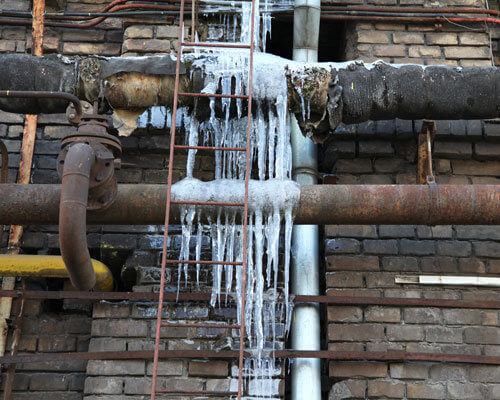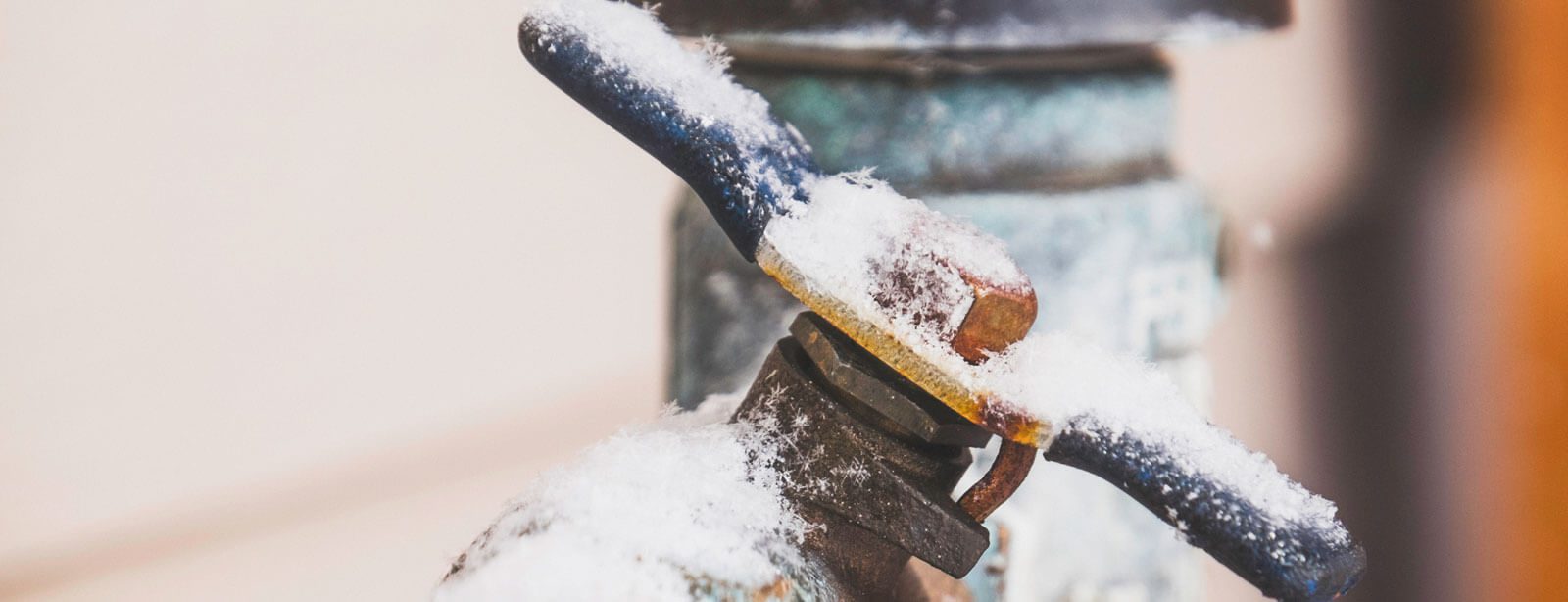How to Avoid Frozen Plumbing in Cold Weather: Expert Guidance
How to Avoid Frozen Plumbing in Cold Weather: Expert Guidance
Blog Article
Everyone seems to have their own way of thinking on the subject of Prevent Frozen Pipes .

Cold weather can damage your plumbing, specifically by freezing pipelines. Here's how to avoid it from occurring and what to do if it does.
Introduction
As temperature levels decrease, the risk of icy pipes rises, possibly causing expensive repair services and water damages. Comprehending exactly how to avoid frozen pipes is important for property owners in chilly climates.
Recognizing Frozen Pipelines
What creates pipelines to freeze?
Pipelines freeze when revealed to temperature levels listed below 32 ° F (0 ° C) for prolonged periods. As water inside the pipelines freezes, it broadens, putting pressure on the pipeline wall surfaces and possibly causing them to rupture.
Dangers and damages
Icy pipes can result in water system disturbances, property damage, and pricey fixings. Burst pipelines can flood homes and create substantial structural damages.
Indicators of Frozen Pipes
Recognizing icy pipes early can avoid them from rupturing.
How to identify frozen pipes
Look for reduced water flow from taps, uncommon smells or noises from pipelines, and visible frost on exposed pipelines.
Avoidance Tips
Protecting vulnerable pipes
Wrap pipelines in insulation sleeves or make use of heat tape to shield them from freezing temperatures. Focus on pipes in unheated or exterior locations of the home.
Home heating methods
Keep indoor spaces effectively warmed, specifically areas with pipes. Open cupboard doors to allow warm air to circulate around pipes under sinks.
Securing Outside Pipes
Garden hose pipes and exterior faucets
Disconnect and drain garden tubes prior to winter months. Mount frost-proof spigots or cover outside taps with shielded caps.
What to Do If Your Pipelines Freeze
Immediate activities to take
If you presume icy pipelines, keep taps open up to relieve stress as the ice thaws. Make use of a hairdryer or towels soaked in hot water to thaw pipes slowly.
Long-Term Solutions
Structural modifications
Think about rerouting pipes away from exterior wall surfaces or unheated locations. Add additional insulation to attic rooms, basements, and crawl spaces.
Upgrading insulation
Buy top notch insulation for pipes, attics, and wall surfaces. Proper insulation aids preserve constant temperatures and minimizes the danger of icy pipes.
Verdict
Stopping frozen pipes needs aggressive procedures and fast responses. By understanding the causes, indicators, and safety nets, property owners can protect their plumbing during winter.
5 Ways to Prevent Frozen Pipes
Drain Outdoor Faucets and Disconnect Hoses
First, close the shut-off valve that controls the flow of water in the pipe to your outdoor faucet. Then, head outside to disconnect and drain your hose and open the outdoor faucet to allow the water to completely drain out of the line. Turn off the faucet when done. Finally, head back to the shut-off valve and drain the remaining water inside the pipe into a bucket or container. Additionally, if you have a home irrigation system, you should consider hiring an expert to clear the system of water each year.
Insulate Pipes
One of the best and most cost-effective methods for preventing frozen water pipes is to wrap your pipes with insulation. This is especially important for areas in your home that aren’t exposed to heat, such as an attic. We suggest using foam sleeves, which can typically be found at your local hardware store.
Keep Heat Running at 65
Your pipes are located inside your walls, and the temperature there is much colder than the rest of the house. To prevent your pipes from freezing, The Insurance Information Institute suggests that you keep your home heated to at least 65 degrees, even when traveling. You may want to invest in smart devices that can keep an eye on the temperature in your home while you’re away.
Leave Water Dripping
Moving water — even a small trickle — can prevent ice from forming inside your pipes. When freezing temps are imminent, start a drip of water from all faucets that serve exposed pipes. Leaving a few faucets running will also help relieve pressure inside the pipes and help prevent a rupture if the water inside freezes.
Open Cupboard Doors
Warm your kitchen and bathroom pipes by opening cupboards and vanities. You should also leave your interior doors ajar to help warm air circulate evenly throughout your home.

I hope you enjoyed our post about How to Prevent Your Pipes From Freezing. Thanks for spending some time to read our post. You should take the opportunity to share this blog posting if you liked it. Many thanks for your time invested reading it.
Call Today Report this page